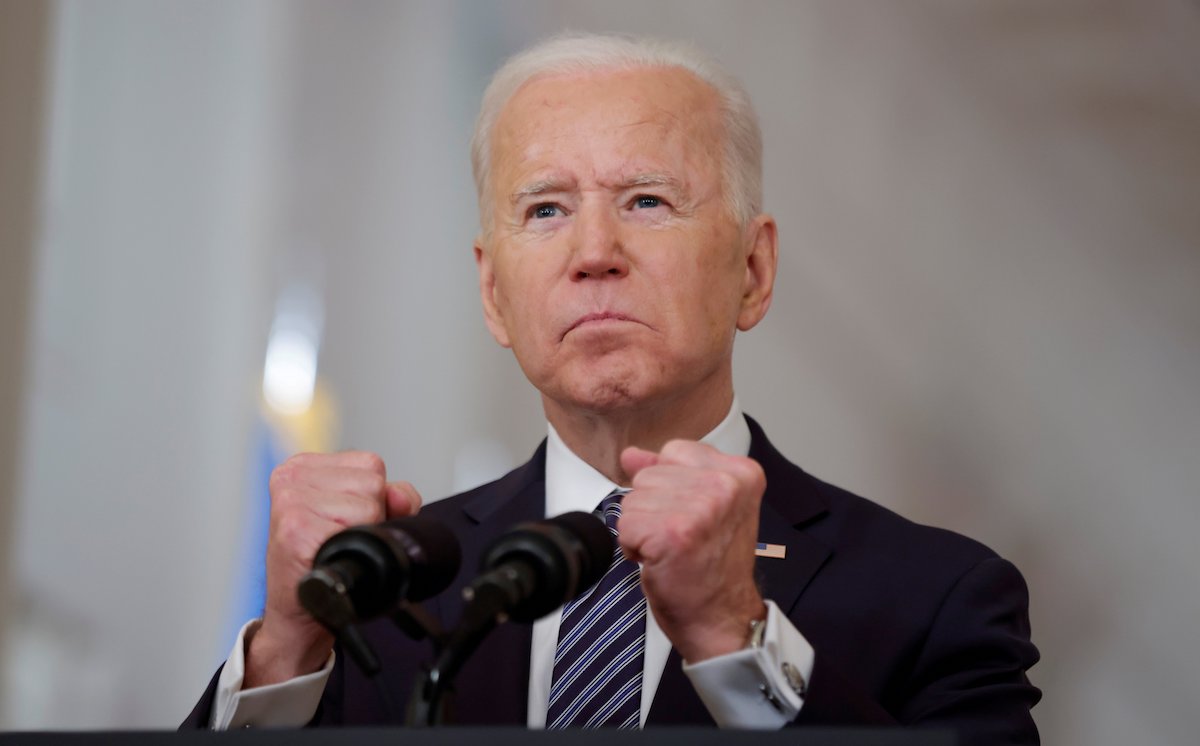WASHINGTON (CNS) — Here are a few key provisions of the American Rescue Plan, signed into law by President Joe Biden March 11. The information has been compiled from a breakdown of the legislation reported by various media outlets and also found on the website of the nonpartisan, nonprofit Committee for a Responsible Federal Budget:
- $17 billion for COVID-19 vaccine-related activities and programs, including $8.5 billion to “promote, administer and increase support” for vaccines; $5 billion to help support production of vaccines and other therapeutics; $1 billion to cover vaccinations under Medicaid and the Children’s Health Insurance Program, or CHIP; $900 million to international partnerships to develop vaccines and prepare for future pandemic; $600 million for vaccine-related activities in tribal areas, and $500 million for the Food and Drug Administration.
- $110 billion to contain the pandemic, including $51 billion for testing and tracing efforts, $10 billion for public health investments, $1.5 billion for testing through the Indian Health Service, and $250 million for states to address outbreaks in nursing homes; and $50 billion for the Disaster Relief Fund.
- $130 billion for helping public schools reopen, although the money “can be used for a variety of purposes, and likely much or most would be for purposes other than reopening,” according to the Committee for a Responsible Federal Budget. This money is in addition to $54 billion provided for K-12 public schools in the $900 billion Coronavirus Response and Relief Act, signed in to law by President Donald Trump Dec. 27, 2020, and $17 billion for schools in the $2.2 trillion CARES Act of March 2020.
- Direct payments of up to $1,400 for eligible individuals and up to $2,800 for eligible married couples, plus an additional $1,400 per eligible dependent, with no cap on the number of dependents that can be claimed. Also for eligible parents, the bill temporarily expands the child tax credit and raising the child and dependent care tax credit.
- $350 billion to U.S. territories, states and local and tribal governments; states, the District of Columbia, tribal governments and U.S. territories will receive $219.8 billion, or 60% of the total; cities, counties and other units of local government receive $130.2 billion, or 40%. The funding can be used to replace revenue “lost, delayed or decreased as a result of COVID-19” and make “necessary investments in water, sewer or broadband infrastructure.”
- $245.8 billion in emergency unemployment programs, which includes extending federal employment benefits by $300 a week through Sept. 6, as well as extending through early September unemployment assistance for the self-employed, gig workers and part timers, and a compensation program for people who exhaust their regular state unemployment benefits.
- $135 million funding to support organizations and jobs in the arts sector; 60% goes to the National Endowment for the Arts to be awarded directly to grant recipients chosen through an application process; 40% of the total goes to regional arts organizations and state arts agencies to distribute through their funding programs.







